Did you know there are well over 30,000 different species of tropical fish identified? This number continues to rise as more species are discovered.
This article will give you a list of our 7 favourite tropical fish beginning with the letter H.
Some you may have heard of, whilst some I am sure you won’t as they are more unusual. We are using their common names, as who actually uses their scientific names when popping into the local pet shop?! I have included the scientific names as well though for the nerdy types.
For the purpose of variation (and because, quite frankly, some of these letters were hard to research!), we may have included some saltwater fish as well. These are clearly marked, as rule number 1 in the world of fishkeeping is that you can’t mix your freshwater fish with your saltwater fish.
Tropical Fish that Start with the Letter H.
- Harlequin Rasbora
- Hard-bellied Silver Dollar
- Honey Gourami
- Hog-nosed Brochis
- Humbug Damselfish (saltwater)
- Harlequin Tuskfish (saltwater)
- Highfin Cardinalfish (saltwater)
Harlequin Rasbora.
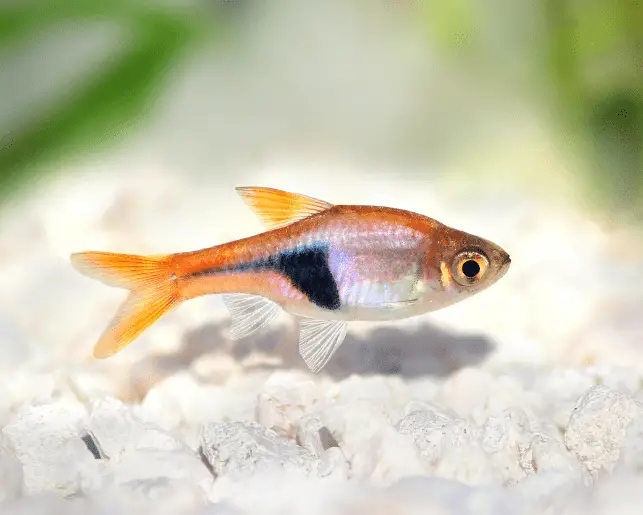
Scientific name: Trignostigma heteromorpha.
The Harlequin Rasbora hails from South-east Asia, Mainly from Thailand and Malaysia, as well as Sumatra.
This species is nice and small, growing up to approx 5cms.
They are a great addition to a community tank as they are peaceful and social, so mix well with other peaceful fish. Try not to put them in with any fish that are a lot bigger than they are so there is no temptation for the bigger fish to eat them.
As with nearly all Rasboras, they are schooling fish. They have to be kept in a group of at least 6, but the more you can safely put into your tank, the better.
Harlequin Rasboras are very distinctive. They have a dark, triangular shaped mark on their body, which point towards their caudal fin. The rest of their body is a metallic silver/grey colour. You can spot the males as their colouring is more distinctive than their female counterparts.

Hard-bellied Silver Dollar.
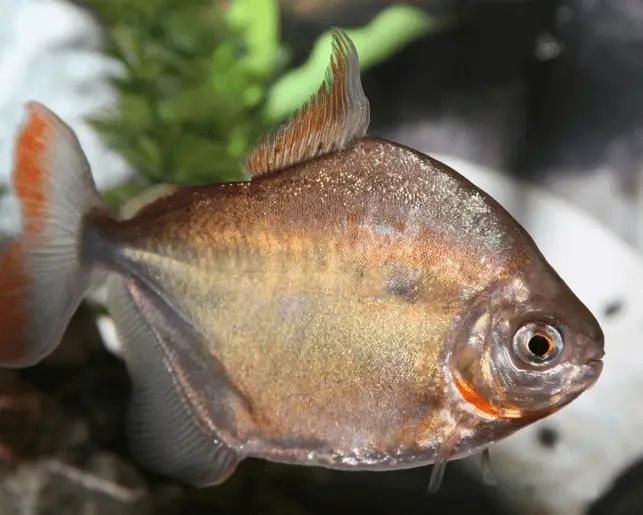
Scientific name: Mylossoma duriventre.
The Hard-bellied Silver Dollar originates from the southern Amazon basin in South America.
They are bigger than their Silver Dollar counterparts, as they can reach up to 23cms, compared to 14cms of the Silver Dollar.
The male Hard-bellied Silver Dollar can be recognised by the red edging on its caudal fin. They get the term ‘hard-bellied’ from the area on their underside towards their pelvic and anal fins. It looks slightly different to the rest of their body, as it looks more solid, or rigid.
You need a big, tall tank for this species as they are practically the same height at they are length. They need plenty of swimming space, as well as places to hide. They are generally very peaceful and social, so would make a good addition to a big community tank.
The Hard-bellied Silver Dollar is a vegetarian, so, if you have plants in your fish tank, they will most likely get eaten.
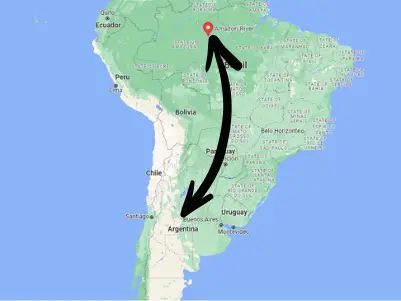
Honey Gourami.
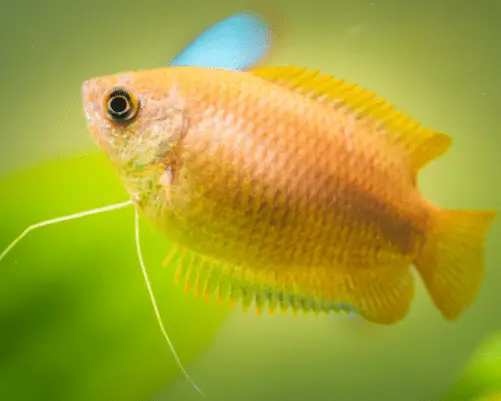
Scientific name: Trichogaster chuna.
The Honey Gourami is native to Asia, mostly in northern India, and also Bangladesh.
The colouring of the male and female Honey Gourami are quite different. As usual, the male is more vibrant in colour. They tend to be more amber than honey coloured, and the amber colour goes even deeper when it is in breeding season.
The female are more of a dull light brown colour, and they also develop a dark stripe along the side of their body.
They are a peaceful species, except for when spawning, when they can become territorial. A big enough tank with plenty of things to hide amongst will help put a stop to that. The natural habitat of this species is the slow moving waters in and around the lower Ganges, so, they aren’t a fast moving fish. They prefer to just amble around the middle and top of the tank. I would not put them in with really, fact, active fish that could stress them out, eg, danios and some tetras.
They are one of the smaller species of Gourami, only reaching up to 5cms in length.
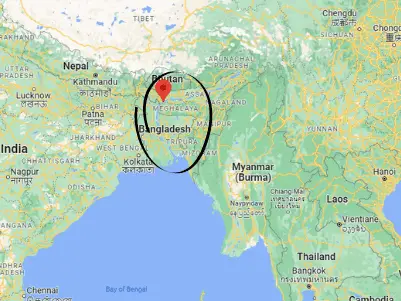
Hog-nosed Brochis.
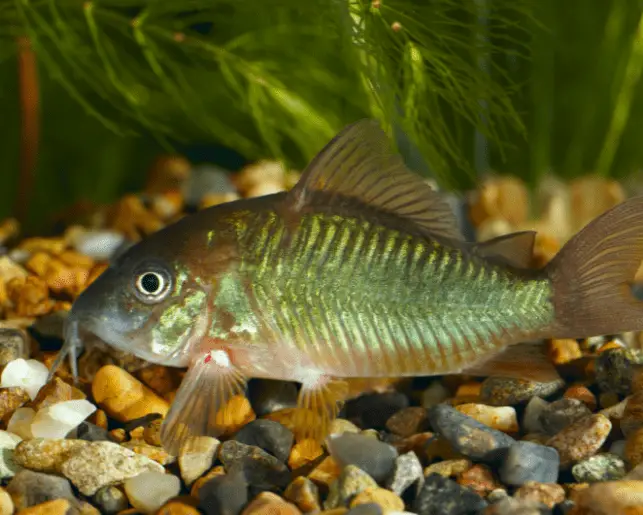
Scientific name: Brochis multiradiatus.
The Hog-nosed Brochis is a member of the Corydoras catfish family and originates from Ecuador in South America.
They grow to approx 10cms and are a social species. They are best kept in groups to ensure they are happy.
They are best with a soft substrate as they like to occupy the bottom of the tank. This is where their hog-like snout helps them look for food as they dig around.
This species is known as one of the armoured catfish. They don’t have scales, they have bony plates which meet halfway down the sides of their body. While this gives them more protection than scaled fish, it makes it harder for them to get oxygen using their gills. They need to be in a well oxygenated tank to help with this. there also should be a gap between the top of the water and the lid of the tank, as they like to come up for air a few times a day.
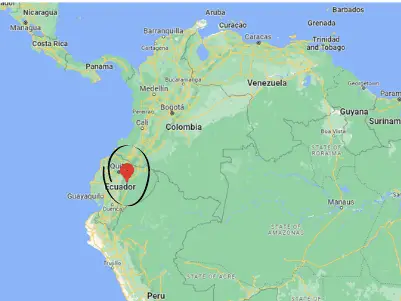
Humbug Damselfish (saltwater).

Scientific name: Dascyllus aruanus
It is pretty easy to see where the Humbug Damselfish gets their name from-their distinctive black and white striped markings look exactly like a humbug sweet!
This hardy species originates from quite a large area-from the Red Sea, all the way through the Pacific to the eastern coast of Australia.
They can grow up to 8cms in their natural environment, but slightly smaller in an aquarium.
They are nice and sociable when young and at that age are best kept in small groups. As they start to mature, they tend to get intolerant of others (don’t we all?), especially of other damselfish. A close eye needs to be kept so that nobody is being bullied. If this does happen, the bullied fish needs to be removed from the tank for their own safety.
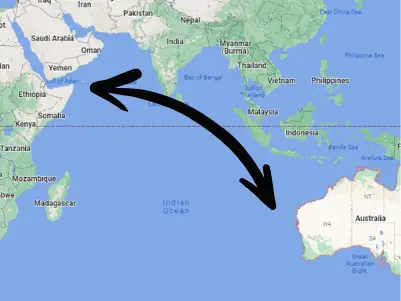
Harlequin Tuskfish (saltwater).
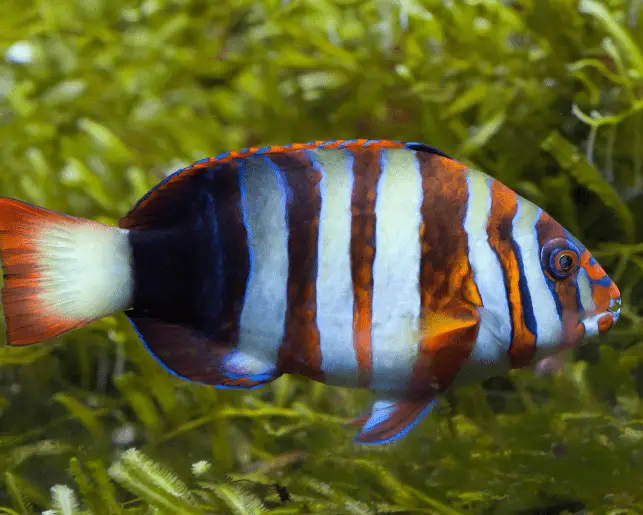
Scientific name: Choerodon fasciatus.
The Harlequin Tuskfish is actually a member of the wrasse family. They originate from the Great Barrier Reef, off the coast of Australia. They get their Tuskfish name because they have 4 front teeth that protrude downwards, which resemble little tusks.
They are quite rare as aquarium fish as they are difficult to look after. They are very shy as juveniles, but grow into quite aggressive adults. They are solitary by nature and can grow to an impressive 25cms. They like to be the first into the tank, so may struggle from the off if they are joining an established tank.
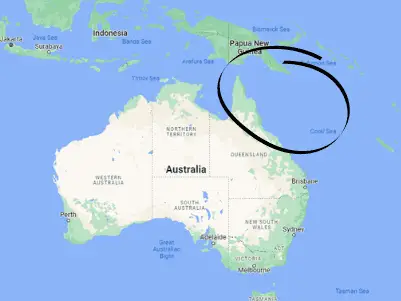
Highfin Cardinalfish (saltwater).
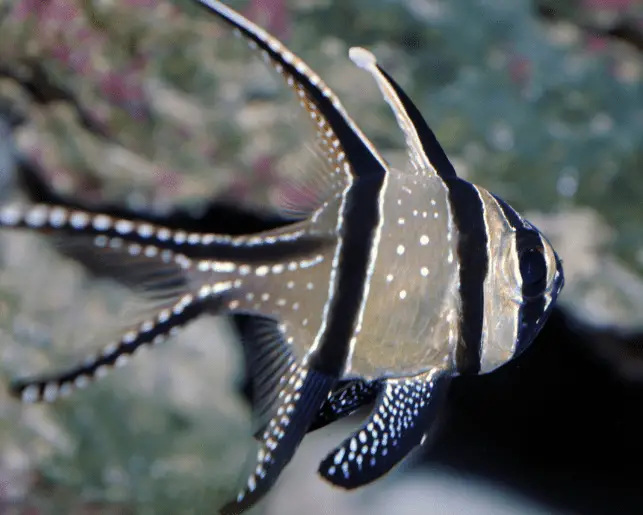
Scientific name: Pterapogon kauderni.
The striking Highfin Cardinalfish hails from around the Bengaii Islands, in Indonesia.
They have stripes on their body and spots on their fins. They can grow up to 8cms when kept in the right conditions.
The Highfin Cardinalfish are peaceful and like to be with a few of their own species. They are also fine when kept in a tank with other non-aggressive fish of a similar size.
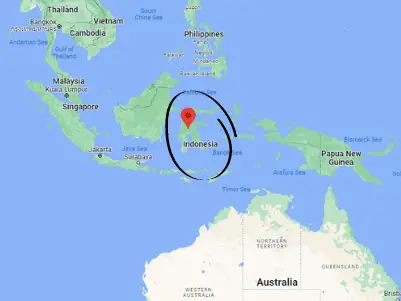
Related Articles:
The ultimate A-Z of tropical fish
Tropical Fish that Start with J

